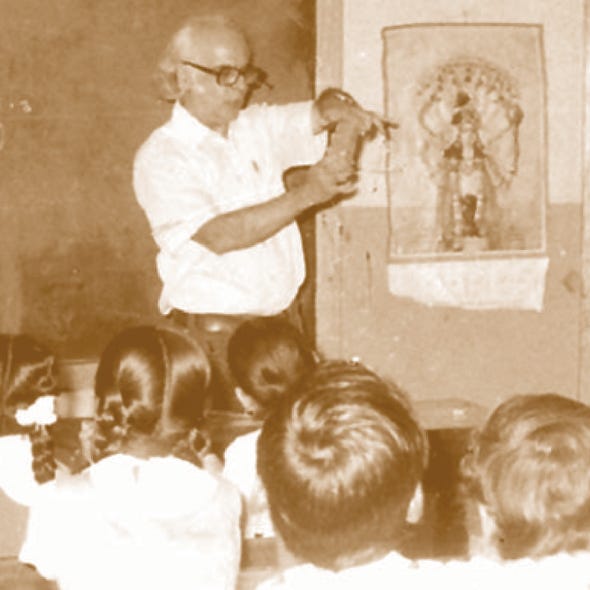The Story of IUCAA, Part 3: An academic adventure
Making the decision to leave a prestigious institute to found IUCAA.
At some stage (around January 1989), when I was asked by Yash Pal, the then Chairman of the UGC, to take on the Founder-Directorship of IUCAA, I agreed immediately. In fact, the way Yash Pal put it, he had my report and would accept it for executive action only if I agreed to be the Founder Director of the proposed centre. I recall receiving Yash’s phone call at home while having lunch. I had replied that I would call back within fifteen minutes. During that period, I consulted my wife Mangala about how I should reply. The centre was to be in Pune: shifting there from Mumbai was not a problem, but Mangala pointed out that our second daughter was in 12th Standard, and her examination, as well as her preparation for IIT Entrance Examination, should not be disturbed until June. So, I agreed to take on the responsibility offered by Yash with the caveat that I would function from Mumbai until June.


There was a mixed reaction to my decision to leave TIFR to set up IUCAA. The optimists welcomed it, saying that it was a step in the right direction. The pessimists felt that I was taking a grave risk in leaving a well-run institute to start up something out of nothing–a venture that may fail. I recalled a similar spectrum of opinion in 1972 when I had planned to leave Cambridge to return to India. Similar to that occasion, I decided to take the plunge. In fact, when I had planned to return to India in 1972, some friends had suggested that I should set up an institution with the sponsorship of the Government of India. Having seen at close hands the trials and tribulations of Fred Hoyle while setting up the astronomy institute in Cambridge, as well as hearing the gory tales of government bureaucracy in India, I had baulked at the idea then. Nor had I been a believer in applying precious national resources to create institutions to boost one’s ego. An institution should be created only if a national need is felt for it. Such a need was being felt in 1987-88, while none had been perceived in 1971-72, at least in my personal recollection. Also, in the earlier period, I was in my early thirties, whereas in the later one, I was moving into the fifties. The priorities of a scientist when he is young and in the high-momentum phase of research are, or at least ought to be, different from those when he is more advanced in age. It was thus a different ball game for me in the late eighties when I chose to leave TIFR.


Very nicely explained the Story of IUCAA
As illustrious as ever.